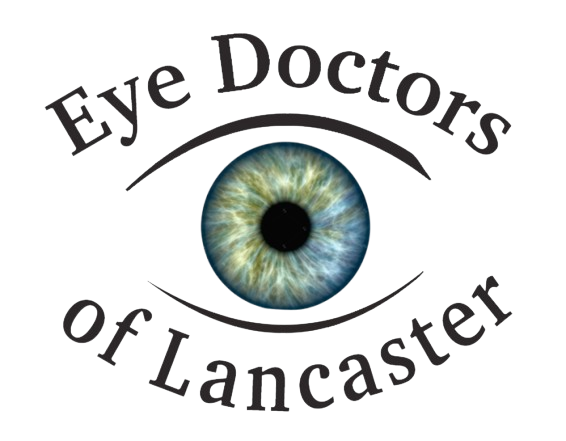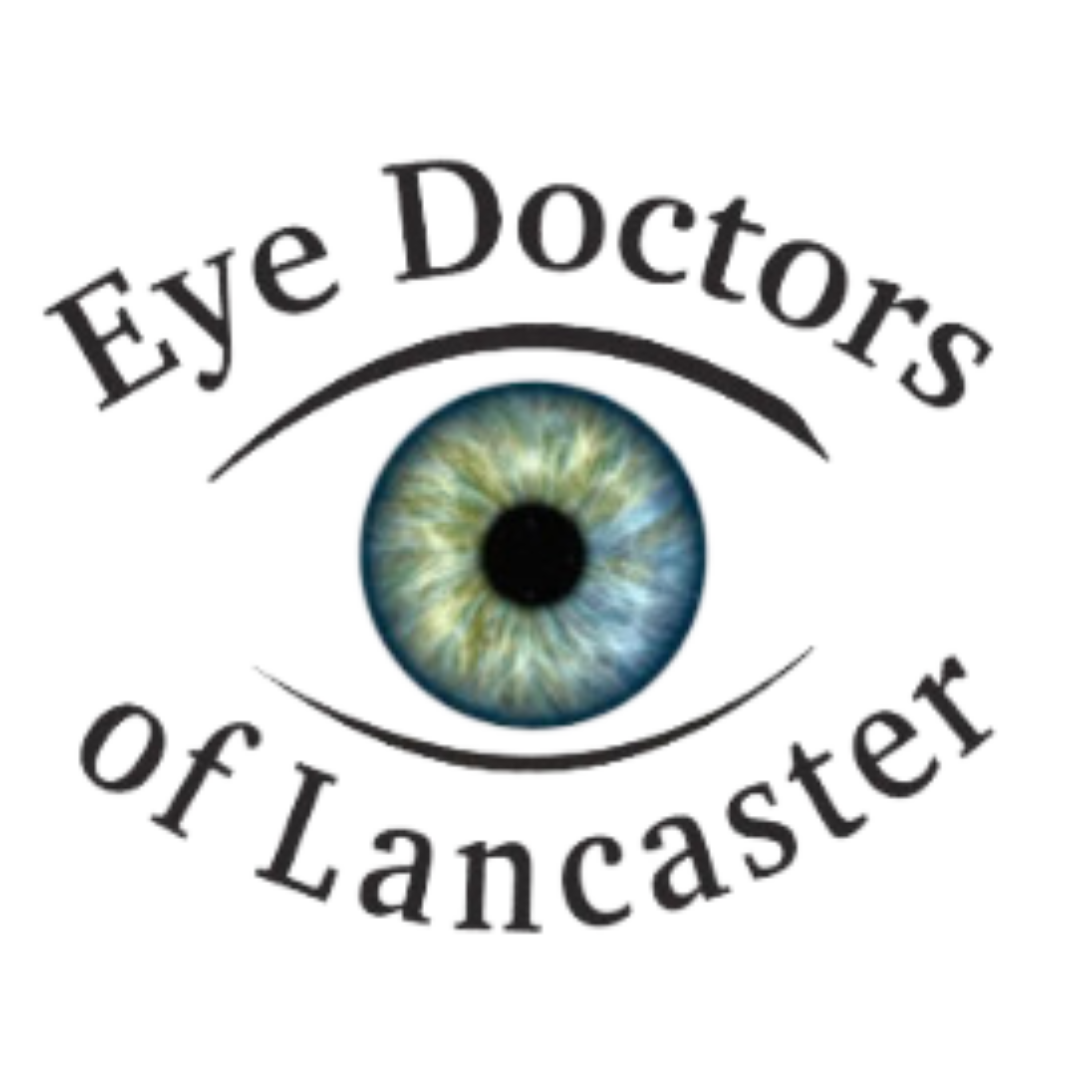Cataracts
Cataracts
Cataracts are an extremely common eye condition and are often misunderstood. Interestingly, this word in Spanish–“catarata”--can mean either a waterfall, similar to the image on our homepage, or the medical condition described here. Many people believe that a cataract is a growth over the surface of the eye. Rather, it is a clouding of the natural crystalline lens inside the eye behind the iris, the colored part of the eye.
Understanding Cataracts
When the natural lens inside the eye becomes cloudy, the condition is called a cataract. Normally, the lens is clear and helps focus light on the retina, allowing a person to see well. However, as a cataract forms, light can't pass through the lens properly. This can cause blurry vision and glare. Cataracts are the leading cause of visual impairment in adults. Cataracts often develop slowly as people get older, but cataract formation can be accelerated by certain illnesses (such as diabetes), the use of certain medications (such as corticosteroids), or in the event of ocular trauma. Each year, over 20 million cataract surgeries are performed around the world, attesting to the safety, efficiency and need for this procedure.

How Does Someone Know Whether They Have a Cataract?
Early cataracts often do not cause symptoms; however, if someone has an advancing cataract, they might notice their vision becoming blurry or cloudy. Colors may also appear less bright, and there might be difficulty seeing at night due to glare from headlights or streetlights. People with cataracts might also feel like there's a film over their eyes or experience halos or starbursts around lights or double vision in one eye. If someone starts to have trouble reading, driving, or doing everyday activities because of their vision, a cataract could be the cause. A doctor can confirm whether someone has a cataract by performing a simple eye exam, preferably with pupil dilation. During the exam, the doctor will check the clarity of the lens and how well it focuses light. At the same time, the doctor will look for other causes of decreased vision. If a cataract is found, the doctor will discuss treatment options, including the possibility of surgery if the cataract is significantly affecting vision.
When Should Cataracts Be Removed?
Cataracts should be removed when they start to interfere with a person's vision and daily activities. As the cataract grows, it can cause blurry or cloudy vision, making tasks like reading, driving, or even recognizing faces difficult. If cataracts begin to affect someone's ability to perform normal activities or reduce their quality of life, surgery may be necessary. Doctors also consider other factors, like whether the cataract is causing other eye complications, such as angle closure, a subtype of glaucoma. In some cases, if the cataract affects the health of the eye or makes it harder for doctors to see other eye problems, it’s important to remove it. The timing of cataract removal depends on how much it impacts the person's vision and overall health. Consulting with an eye doctor is essential to determine the right time for surgery and ensure the best possible outcome.
Cataract Surgery with intraocular implants
The surgical procedure for cataract removal has evolved rapidly over the last forty years. Our doctors offer the latest micro-incision phacoemulsification procedure to all patients. During the procedure, the surgeon breaks up the cloudy cataract into small pieces and removes them using a very sophisticated ultrasonic vacuum called a phacoemulsification system. A thin, foldable artificial lens called an intraocular lens (IOL) is then inserted into the eye and implanted where the cataract was removed. Patients frequently experience rapid visual recovery after surgery, minimal post-operative irritation, and almost no physical limitations.
Basic Cataract Surgery versus Refractive Cataract Surgery
Basis cataract surgery. Cataract surgery is a common and safe procedure that helps people see more clearly by removing a cloudy lens from the eye. In basic cataract surgery, the cloudy lens is replaced with a basic artificial lens, called a monofocal lens. This lens helps you see well with the help of glasses. Some patients with very little astigmatism who choose this option may see well after surgery at one distance, usually far away, but these patients will still need glasses for reading or close-up tasks. Most patients who choose basic cataract surgery see best with new prescription glasses, which are frequently prescribed by their primary eye doctor about 4-6 weeks after surgery. Basic cataract surgery is a great option if your main goal is to get rid of the cloudy vision caused by cataracts.
Refractive cataract surgery, on the other hand, does everything standard surgery does—and more. It also treats vision problems like nearsightedness, farsightedness, astigmatism and presbyopia. This is possible because the surgeon uses a more advanced lens, such as a toric, EDOF, trifocal, or light adjustable lens, which can help you see well at various distances with less dependence on glasses. Many patients who choose refractive cataract surgery find they need glasses much less often, or sometimes not at all.
Refractive cataract surgery often includes extra testing and planning to make the results more accurate. While it costs more than basic cataract surgery, many patients feel the benefits are worth it. Both types of surgery are done using the same phacoemulsification system, usually take less than an hour, and have a fast recovery time. Your eyes may see better and vision often seems brighter within a few days. The main difference is that refractive cataract surgery aims to give you sharper vision without glasses or contacts, not just remove the cataract. It’s a more personalized approach to help you get the most out of your eyesight. Talking with your eye doctor can help you decide which option fits your lifestyle and goals best.
There are variables unique to each patient that your surgeon must consider when planning your refractive cataract surgery since these can affect the refractive outcome. Two of these considerations, effective lens position and residual corneal astigmatism, are discussed below.
Effective Lens Position
In refractive cataract surgery, the goal is to replace the cloudy lens in the eye (the cataract) with a clear, artificial one—an intraocular lens (IOL)—to improve vision. Surgeons do their best to place the new IOL in the right position, but sometimes factors out of their control can affect the results. One important factor is the shape and size of the eye. Each person’s eye is unique, and the natural position of the eye’s lens before surgery can vary from person to person, which can make it harder to predict the actual position of the new IOL in the eye. Since the IOL is less than ¼ the thickness of the cataract that has been replaced, it’s impossible to predict if the IOL’s final position will rest in the center, toward the front, or toward the back of the old cloudy lens’ position. After surgery, the healing process impacts the IOL’s position. Swelling or scarring in the eye as it heals might cause the lens to shift slightly. Even fractions of a millimeter in the actual IOL position relative to the predicted position can alter the outcome. These factors can lead to problems like blurry vision or needing glasses, even if the surgery goes perfectly. Sometimes, the lens may even need to be adjusted or replaced if it isn’t in the right position. These things show that even with the best surgical technique, some factors are beyond the surgeon's control. This is why doctors carefully plan and measure a cataract’s position before surgery but still can't guarantee perfect results for every patient. Overall, while the surgeon can try their best to provide the optimal result, the natural differences in each person’s eye anatomy and healing cause variance in the effective position of the IOL which can impact the final outcome of the surgery. One innovative technology that addresses the variability in effective lens position is the Light Adjustable Lens or LAL. Because the Light Adjustable Lens can be adjusted after surgery and healing have occurred, refractive results are extremely accurate and precise. Click here if you’d like to learn more about the LAL.
Residual Corneal Astigmatism
Residual corneal astigmatism is a condition that can affect the results of refractive cataract surgery, even when the best surgical techniques and planning are used. Astigmatism happens when the cornea, the clear front surface of the eye, is shaped more like a football than a perfect sphere. This uneven shape prevents light from clearly focusing on the retina, which can make vision blurry or distorted. Surgeons work hard to measure and correct for astigmatism before and during cataract surgery. However, sometimes there are factors beyond their control that can cause residual astigmatism, meaning some astigmatism remains even after the surgery. The natural shape of a person’s cornea can change variably during surgery in response to the small incisions created by the surgeon. In some cases, the cornea heals differently than expected after surgery. The cornea accounts for about 2/3 of the eye’s focusing power, so even small differences in corneal shape can lead to blurry vision or the need for glasses after surgery. While surgeons do everything they can to minimize these issues, the natural structure and healing variability of the eye can still cause some challenges. For patients with residual astigmatism, corrective lenses like glasses or contact lenses might still be needed. In some cases, additional surgeries or treatments may be required to fix the remaining astigmatism. Overall, while refractive cataract surgery has a high success rate, residual corneal astigmatism can still affect the results, despite the best efforts of the surgeon. For this reason, all surgeons at Eye Doctors of Lancaster have been fully trained on Light Adjustable Lens technology. The Light Adjustable Lens is extremely effective at correcting residual astigmatism after surgery. In fact, it has received FDA approval to treat levels of astigmatism lower than any other IOL currently available because of the LAL’s accuracy. Click here if you’d like to learn more about the LAL.

